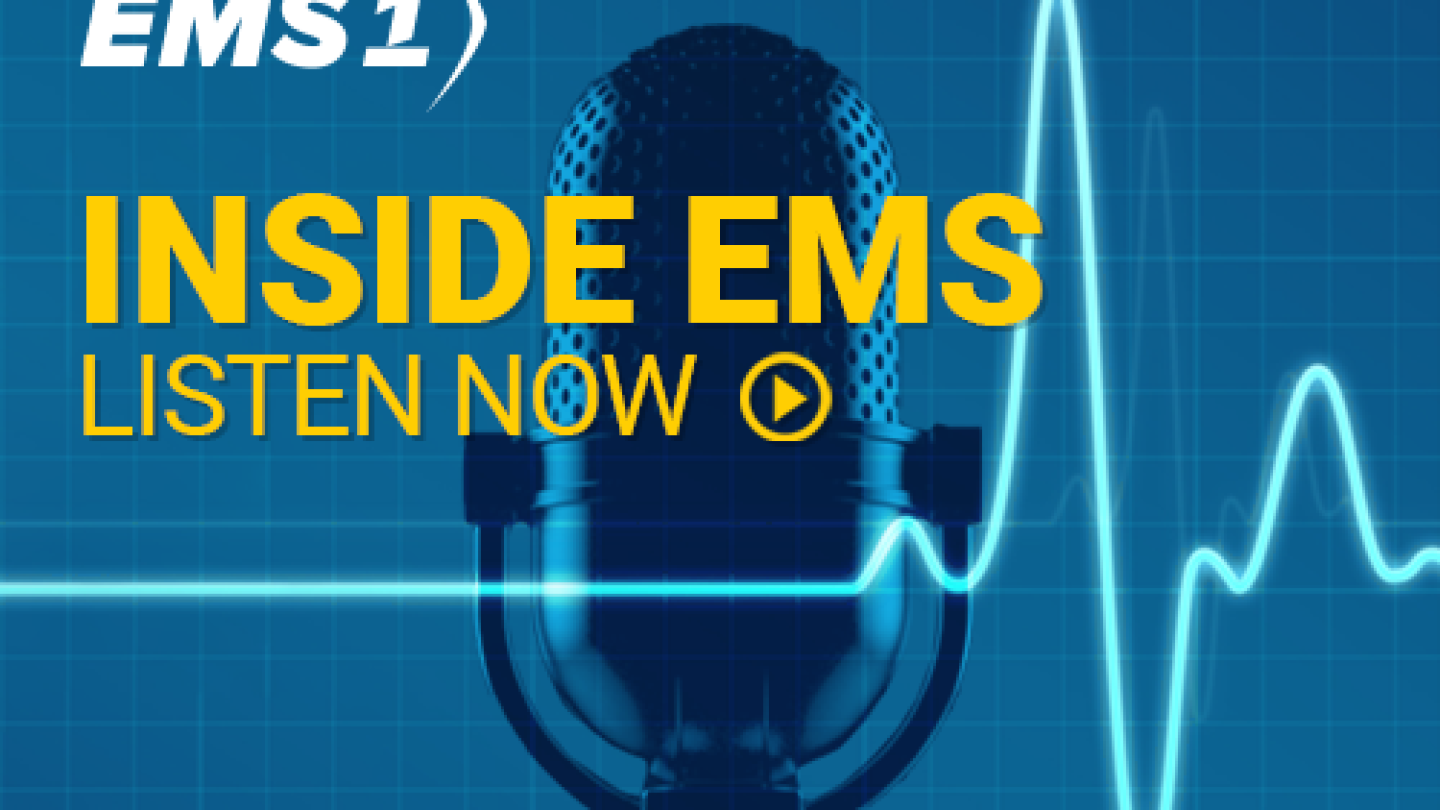EMS Training and Education
Your go-to resource for evidence-based EMS training, continuing education, instructor development and industry innovation. Find expert articles, videos, product reviews and specialized resources to support EMTs, paramedics, medical directors and educators. Stay current on instructor best practices, CEU requirements, virtual training trends, simulation strategies and educational policy affecting prehospital care.
EMS Training and Education Resources
Practical, authentic ways to show gratitude and strengthen community ties with the people who respond first when it matters most
5 tips to quickly find a patient’s radial pulse for vital sign assessment
Educating patients at the highest risk for suffering a fatal overdose
For your reference: A pediatric vitals chart broken down by age range
A deadly vehicle attack in New Orleans underscores the need for EMS to adapt to evolving threats, exploring strategies for prevention, response and building resilience
A guide to more realistic simulations
Larry Barton, a threat assessment instructor for the FBI, said the strategy saves lives, but people need to make decisions quickly
Field training officers use the zone of proximal development, a proven educational strategy, to train new EMS professionals
Jessica Cody didn’t let her walker stop her from hugging and offering soft-spoken words of gratitude to each of the seven responders
The district certifies, or recertifies, all of its 2,300 students, teachers, faculty and staff
Out of nearly 40,000 patients given powerful pain drugs, only four addictions were documented
You are dispatched to a report of an elderly female experiencing weakness
When students are not comfortable in their skills, knowledge and ability to pass the National Registry exam
ECPI University hopes to decrease the number of unfilled positions with hands-on training
“May Madness” encourages responders to “own the code” and improve survival rates for cardiac arrest victims
The partnership enables FEMA to deliver hyperlocal, targeted emergency and disaster preparedness messages and information
The gym provides CPR and AED training and has a heightened concern about stroke because it has a number of older people who exercise at its branches
The campaign aims to raise awareness about the emerging threats facing today’s responders, how a rescue task force response model works and what equipment and armor technology is available
Gene Gandy swapped law practice for prehospital care 28 years ago
Show off your knowledge of the indications and contraindications for medications commonly administered by EMTs
Discuss your guidelines and protocols for checking on the well-being of a patient
Trainees are able to treat the patient the same way they’d treat a real patient and hone decision-making skills in life-and-death situations
Our co-hosts discuss the secrets for graduating EMT and paramedic students to have a successful career
The scenario: a man crashes with his grandchild in a car seat in the backseat
What’s the evidence that delivery of dual defibrillation improves survival outcomes for patients who suffer out-of-hospital cardiac arrest and fail to respond to conventional therapy?
An EMT instructor said it would allow students to get real world experience
Take our 10-question quiz to test your knowledge, then share your results and challenge your colleagues to prove their expertise
Results found that education and training are often sporadic, making it difficult to keep skills and knowledge fresh
A study published on pediatric opioid administration before and after a protocol change reveals little change in pain assessment or management























